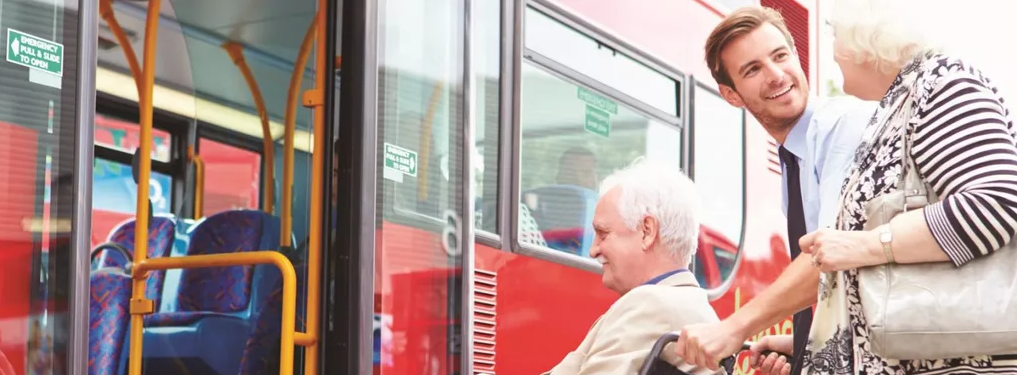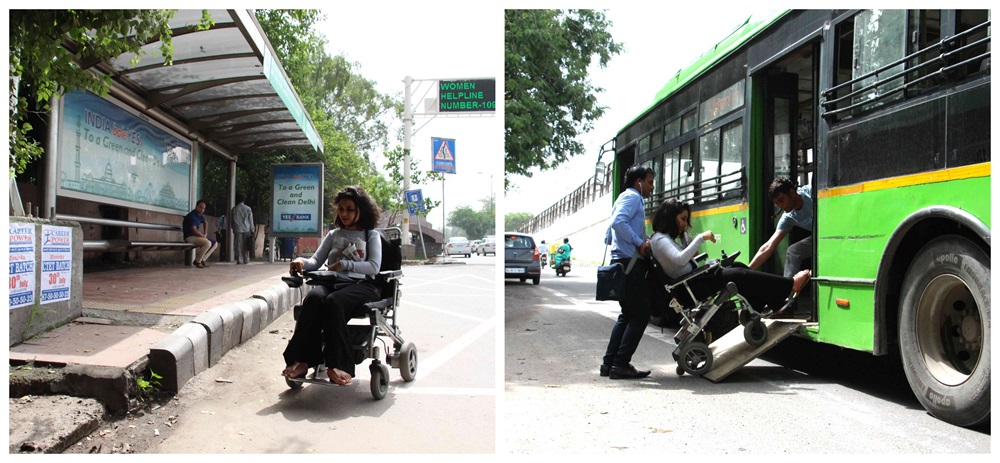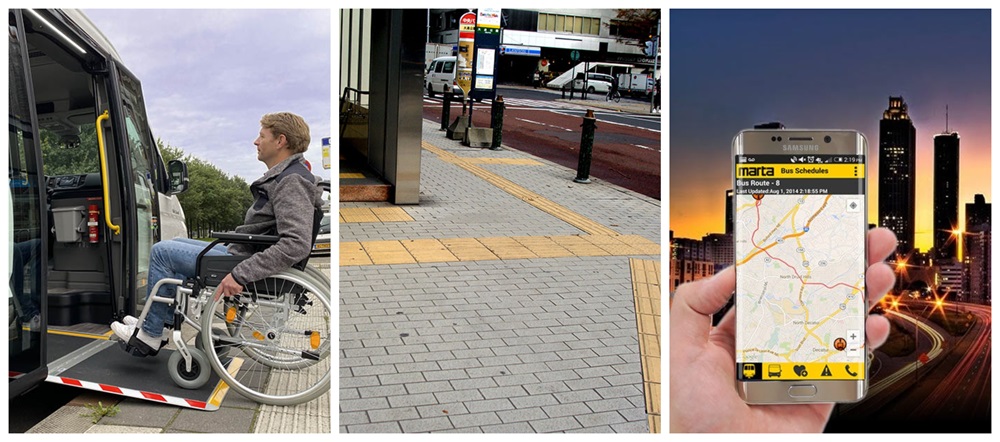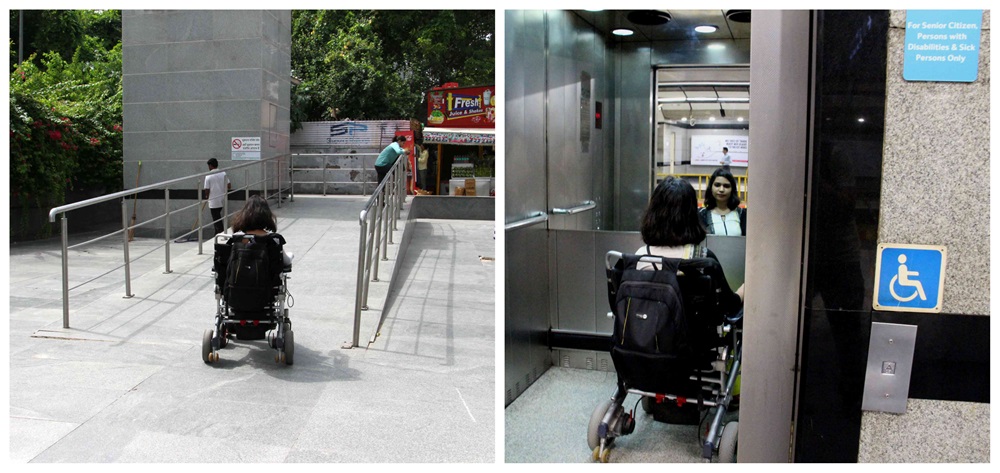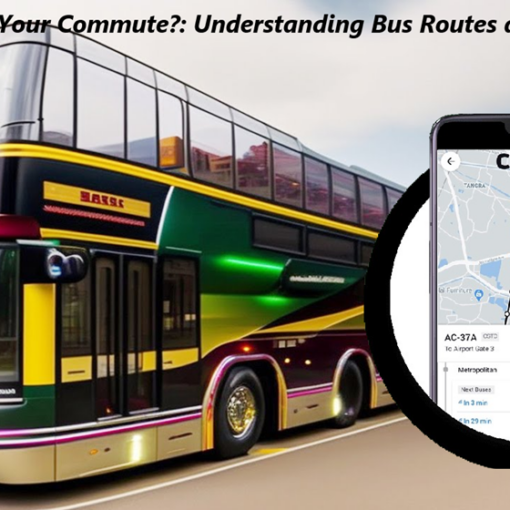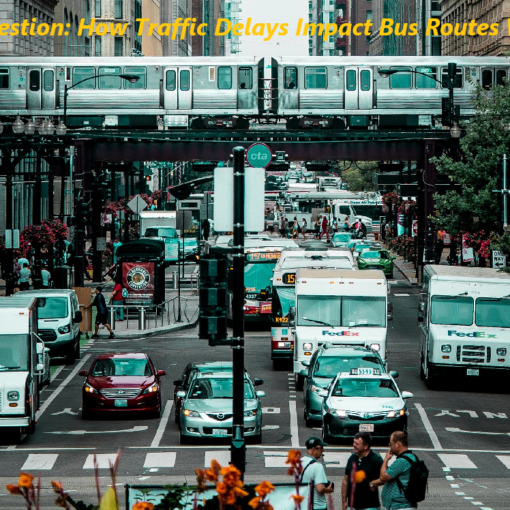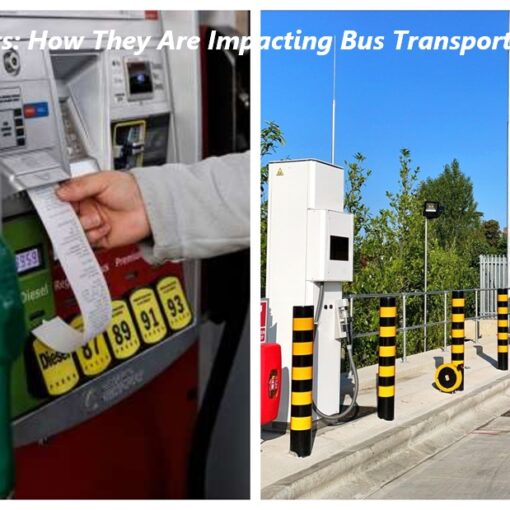Accessibility in public transportation is a very important problem that affects a lot of disabled people. Buses are an important way for many people to get around, but disabled riders still face many problems that make it hard for them to use these services properly. In this piece, the problems that disabled people face on bus routes are broken down into several categories, and possible solutions are talked about.
Understanding Accessibility: What It Means for Disabled Passengers on Bus Routes?
When it comes to public transportation, accessibility means more than just being able to get on and off of a car. It means knowing everything about the whole travel chain, like how to get to bus stops, how cars are made, and how information is available. For disabled passengers, accessible transportation means being able to safely and freely travel, which is an important part of being a full member of society. The Americans with Disabilities Act (ADA) says that public transportation systems must make their services available to everyone, even people who have trouble moving around.
Common Challenges Faced by Disabled Passengers on Public Buses
When disabled people ride public buses, they face a number of problems:
Inaccessible Bus Stops: Many bus stops don’t have ramps or placed at awkward heights, which makes getting on and off buses hard for people in wheelchairs and with mobility aids.
Insufficient Information: Passengers with cognitive or visual problems may find it hard to use the transportation system when there aren’t enough clear signs and real-time updates.
Badly designed vehicles: People who can’t climb steps often can’t get on high-floor buses. Even though low-floor buses are easier for people with disabilities to use, they are not always available on all lines.
Trained Staff: Transit workers may not know how to help disabled people, which means they may not be able to help them enough when they get on or off the bus.
These problems make handicapped people feel left out, which limits their freedom and ability to move around.
The Role of Bus Design and Infrastructure in Accessibility
The way buses are built and the equipment around them have a big impact on how accessible they are for disabled people. Important parts are:
- Low-Floor Buses: Wheelchair users and people who have other movement problems can get on and off these buses more easily. To make sure everyone has the same access, they should be the same on all public transportation services.
- Bus Stop Design: Using universal design principles at bus stops, like giving visually impaired passengers tactile paving and enough room to move around, can make them much easier to get to.
- Integration of technology: New technologies like mobile apps that show real-time bus schedules and accessibility features can give disabled passengers more power by making their journey experience better.
Cities can make public transportation more accessible by putting these design features at the top of their lists.
Global Perspectives: How Different Cities Are Addressing Accessibility on Bus Routes?
Cities around the world are implementing various strategies to improve accessibility on bus routes:
- Europe: Low-floor buses are now normal in many European cities. Some countries, like Sweden, have modernized their public transportation systems by adding technology that lets people know where buses are at all times and makes them easier for people with disabilities to use.
According to the Americans with Disabilities Act (ADA), some U.S. cities are improving their bus fleets by adding wheelchair lifts and special seating places for disabled people.
- India: The Indian government has put in place guidelines to improve the facilities at bus stops and terminals in order to make public transportation easier to use. These guidelines are based on universal design principles.
These projects show how important it is to take a world view on how to make public transportation more accessible.
Future Improvements: Innovative Solutions to Enhance Bus Accessibility for All
To further improve bus accessibility for disabled people, here are some creative ideas to think about:
Smart Technology: Enabling personalized travel support through AI-powered apps can make it easier for disabled people to use public transportation.
Community Engagement: Making sure that disabled people’s needs are met can done by including them in the planning and design stages.
Policy Reforms: Tougher rules about how to make public transportation accessible can force transit officials to put inclusive designs and services at the top of their lists.
Accepting these new ideas can help towns make their transportation systems more fair so that everyone can use them.
In conclusion, fixing problems with accessibility on bus routes is important for creating a society where everyone can fully engage. We can make public transportation systems around the world better by knowing the problems disabled passengers face and putting in place useful solutions.
Is there any problem / complaint with reaching the Issues Faced by Disabled Passengers on Bus Routes? Please report any issues using the below comment form.
Rate your experience with the Issues Faced by Disabled Passengers on Bus Routes: (click on the stars below)
